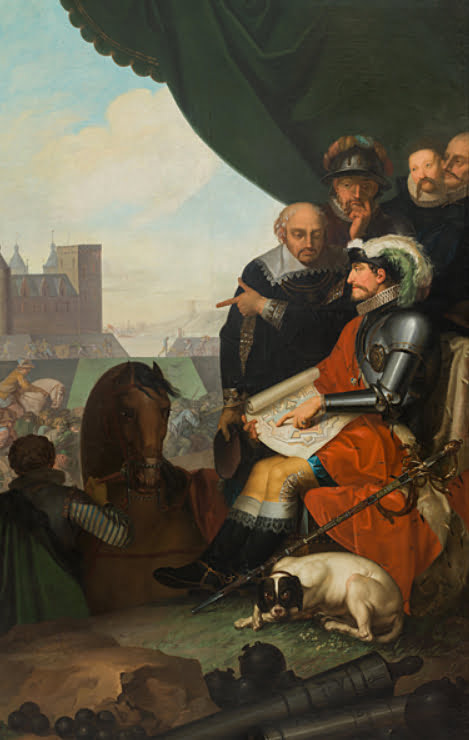On the strange markings discovered on two herrings and their possible connection with the death of Denmark’s Frederick II five months later
PROPHETIC HERRINGS
In JW de Caux’ The Herring and the Herring Fishery (1881) there is an account of prophetic herrings rivalling the Writing on the Wall at Belshazzar’s Feast.
On 10th November 1587 two herrings were caught off the coast of Norway. They had markings on their sides resembling Gothic printed characters and were taken to Copenhagen to be presented to Frederick II, King of Denmark & Norway, Duke of Schleswig.
Belshazzar had made mistakes. He commanded to bring the golden and silver vessels which his father Nebuchadnezzar had taken out of the temple which was in Jerusalem; that the king, and his princes, his wives, and his concubines, might drink therein.
Not only that, but as they all drank the wine in these vessels, they praised the gods of gold, and of silver, of brass, of iron, of wood, and of stone.
Frederick II had not had an error-free reign, either. He’d had an argument with Peder Oxe, the Steward of the Realm, who had then gone into exile. He initiated a war with King Erik XIV of Sweden, but without Oxe on hand, he didn’t take sufficient account of the state finances. And he’d made the mistake of not paying his army.
Luckily, Erik was deposed on mental health grounds and eventually poisoned. Frederick brought Oxe back and things were more-or-less looking up. He’d only recently completed the building of Kronberg Castle at Elsinore.
He’d been entertained there by Shakespeare’s clown Will Kemp, quite possibly pioneering the role of Pickelherring, the stock slapstick character for any audience that didn’t understand English.
Then the herrings turned up.

Mene Mene Tekel Apharsin, appeared on Belshazzar’s wall and the wise men of Babylon could make no sense of it. In Chapter V of his Book, however, Daniel read it straight away, God hath numbered thy kingdom, and finished it. Thou art weighed in the balances, and art found wanting. Thy kingdom is divided, and given to the Medes and Persians.
Without a prophet on hand, Frederick II’s learned men came up with two variant interpretations of the Gothic characters on the two herrings, You will not fish herrings in future so well as other nations, or Very soon you will cease to fish herrings as well as other people.
It’s useless speculating on exactly what God was getting at. The fact that the characters were Gothic script clearly might have been a reference to the Hanseatic town of Lübeck which had been on Frederick’s side in the war with Sweden.
Lübeck had also played a central role in the development of the herring fishery on the Skåne coast, which had been in part of Denmark, but had now been lost to Sweden. Having said that, the great herring shoals had disappeared from Skåne 163 years earlier.
Denmark’s less learned common people had, from the start, just thought the Gothic characters meant Frederick’s time was up. And, less than five months after the fish were caught, he was dead.
